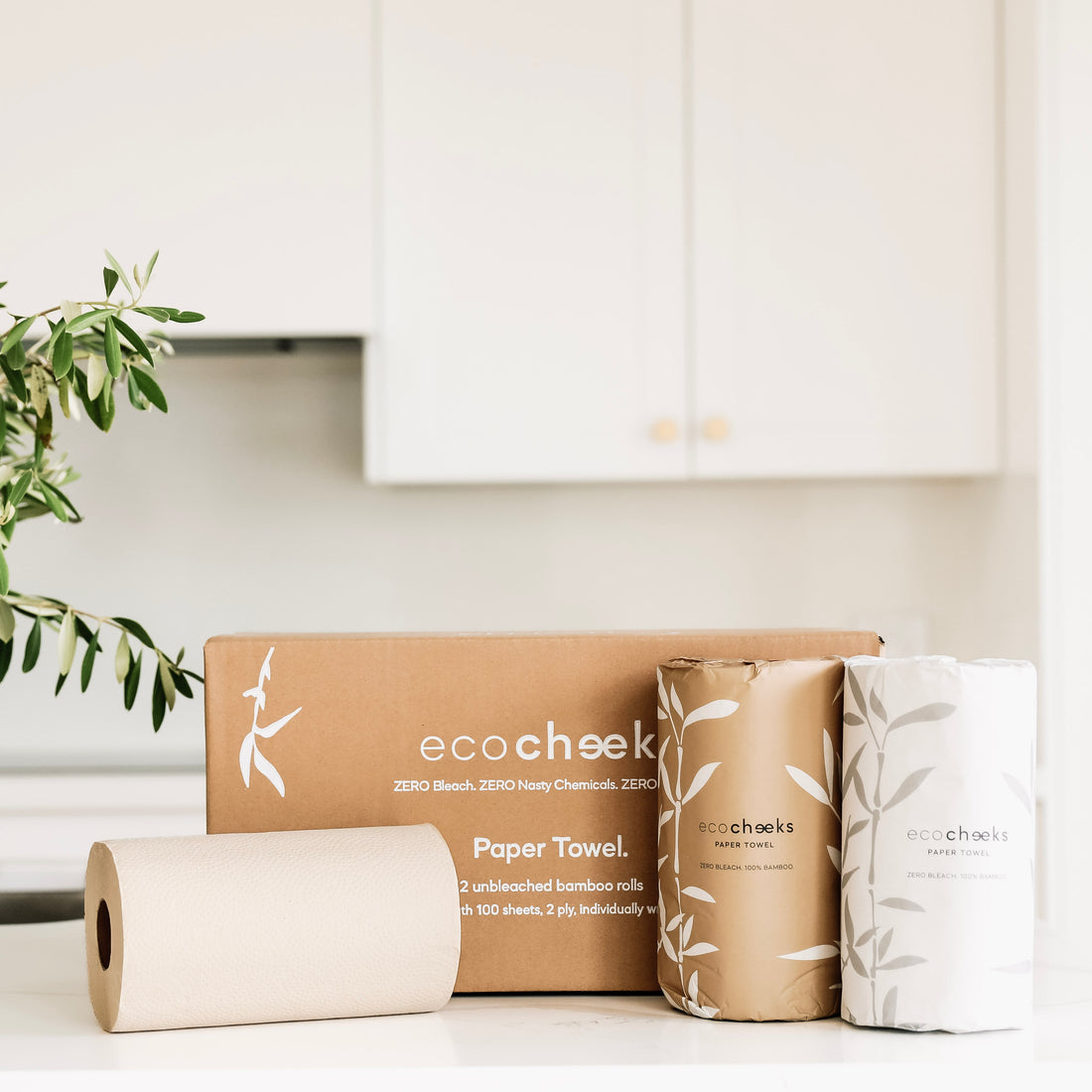We all love the feel-good hit of tossing something in the recycling bin. It’s one of those everyday actions that feels bigger than it is, like a little high five to the planet.
Most Aussies want to do the right thing when it comes to recycling. But here’s the catch: sometimes we throw things in the bin hoping they can be recycled, even when they actually can’t. There’s even a word for it: wishcycling.
Those greasy Friday night pizza boxes, plastic film from packaging, or that cracked coffee mug that finally gave up might look recyclable, but they’re not. The problem is, tossing them in doesn’t just miss the mark. It can actually undo everyone’s good work.
What is Wishcycling?
Wishcycling is recycling based on hope, not fact. It’s when we pop things into the recycling bin, telling ourselves it probably counts, even when it doesn’t.
While it might feel harmless, one wishcycled item can taint an entire batch, jamming machinery, spreading contamination, and sending perfectly good recyclables straight to landfill.
Everyday Items That Look Recyclable… But Really Aren’t
🍕 Pizza boxes - A clean cardboard lid might be fine, but the greasy, cheesy bottom belongs in the general bin. Food contamination is a big no-no in recycling.
🥡 Polystyrene containers - Takeaway boxes don’t break down properly in recycling streams.
✨ Cling film or soft plastics - Common in school lunchboxes, but they tangle machinery and can shut down whole recycling lines.
☕ Coffee capsules - Convenient for your morning brew, but too small and tricky for most council systems to sort.
💥 Broken glass - Dangerous for workers and ruins batches of recycling. Only whole, clean bottles and jars should go in.
How Wishcycling Contaminates Recycling
Even one rogue item can mess up everyone else’s recycling.
Think of it like this: if one family member “wishcycles” a bit of cling film from a lunchbox sandwich, it can contaminate everything else in the bin. Multiply that across thousands of households, and suddenly, truckloads of recyclables end up wasted in landfills.
Good intentions aside, a tiny act like this can snowball into a surprisingly big problem.
Practical Eco-Friendly Swaps to Reduce Wishcycling
🔎 Learn together: Print your council’s recycling guide and stick it on the fridge so everyone knows what goes where.
🧼 Make it a team effort: Kids can help rinse jars or bottles. Turn it into a game at the sink: every clean jar earns a point, and the first to five wins a silly reward.
🚫 Have a ‘when in doubt’ rule: If you’re unsure, it’s safer to put it in the general waste than risk contaminating the whole bin.
🌱 Swap it out as a household: Trade cling film for beeswax wraps, ziplocks for silicone bags, and keep your bathroom stocked with Eco Cheeks bamboo and unbleached toilet paper.
👕 Take it room by room: From the kitchen to the bathroom, small swaps really add up. Check out our guide on Easy Swaps to Reduce Single-Use Plastics for simple ways to make every corner of your home a little greener.
From Wishcycling to Wise-Cycling
Wishcycling might feel like the “better safe than sorry” option, but in reality, it’s the opposite.
By knowing what actually belongs in your yellow bin and making a few smart swaps at home, you’ll protect your recycling efforts, keep waste out of landfill, and build a simple, eco-friendly routine the whole household can follow.
Switching to Eco Cheeks 100% bamboo and unbleached toilet paper is one easy step towards living more sustainably.
Wise recycling beats wishcycling every time… your bin will love you, and the planet will thank you too!








